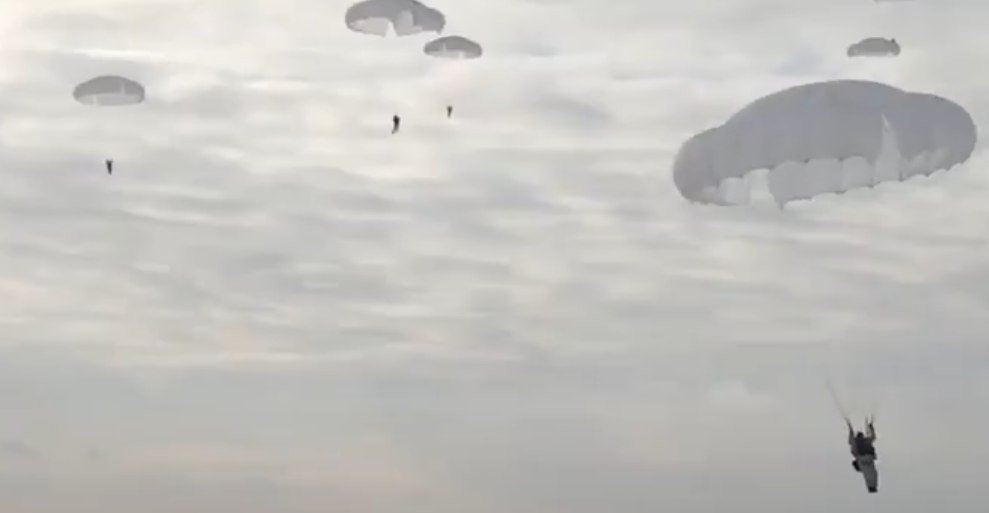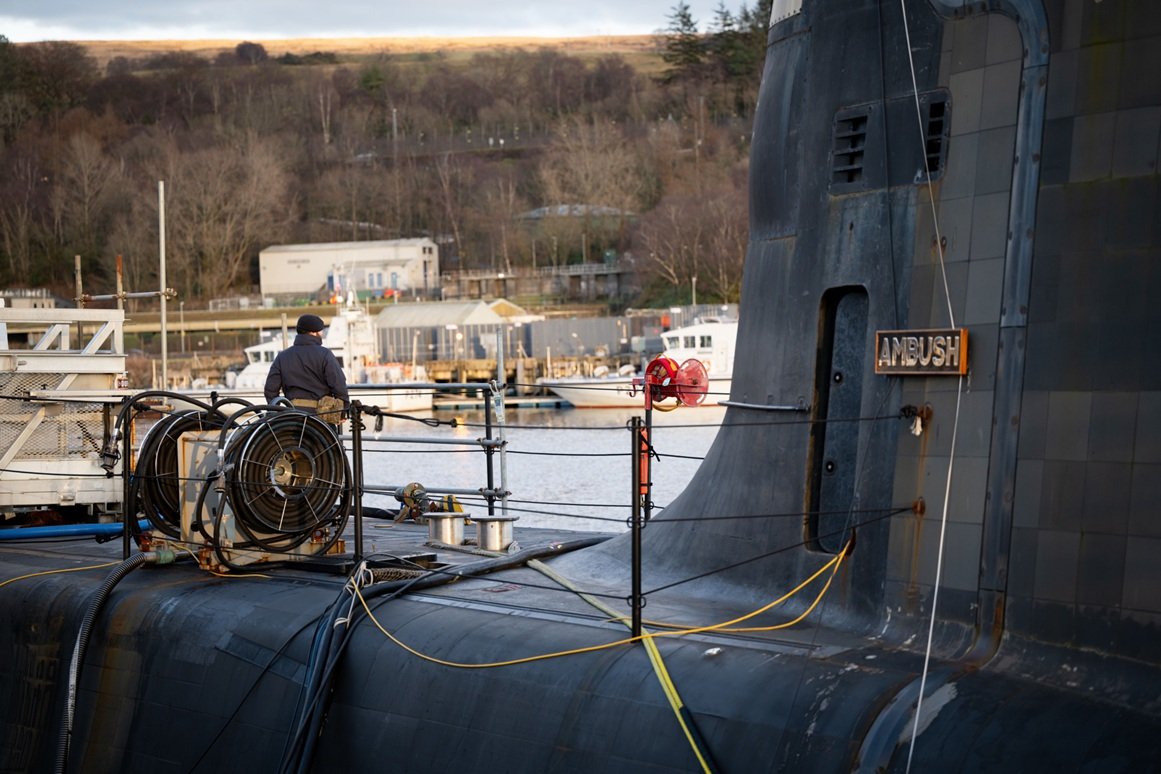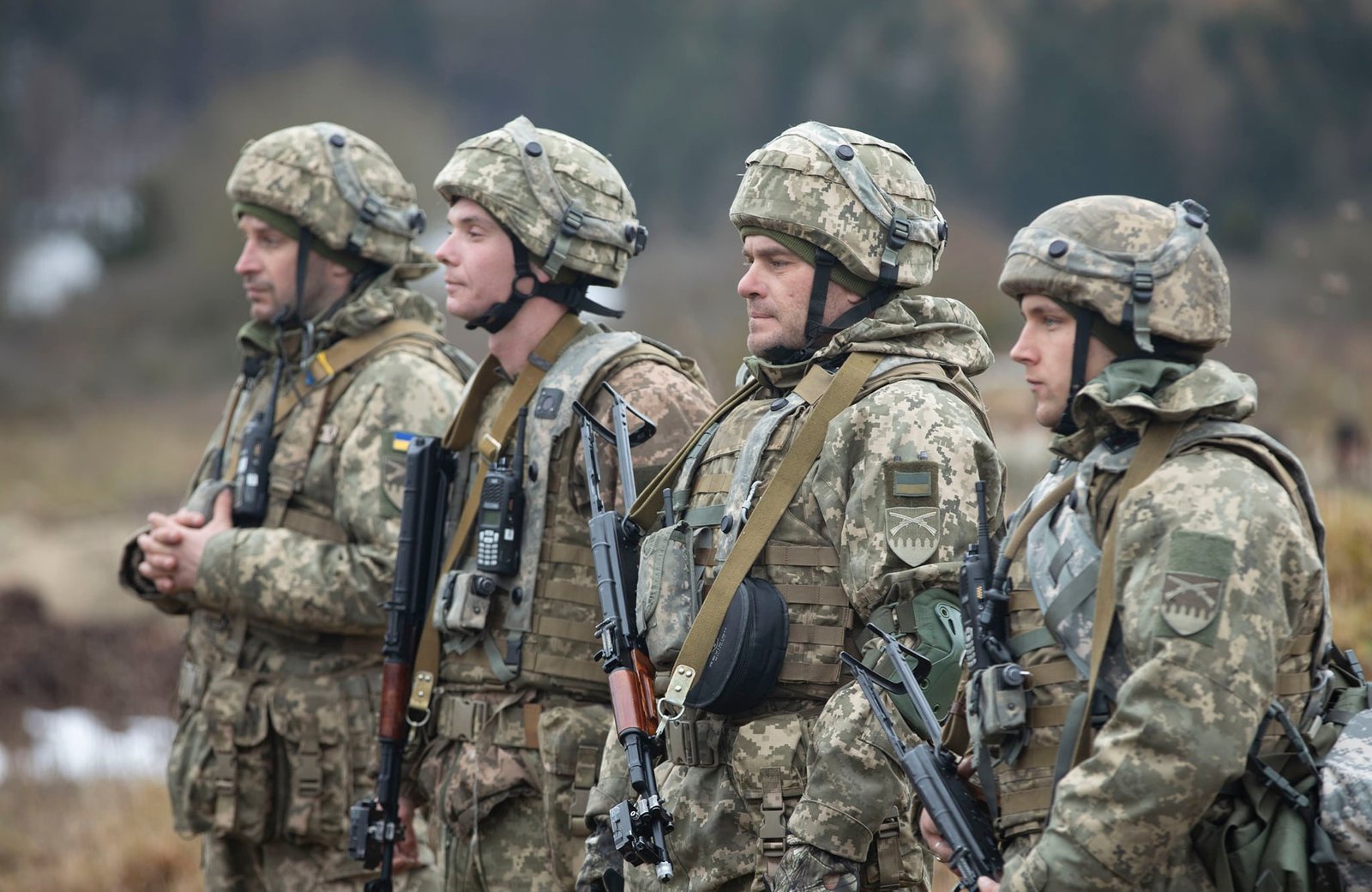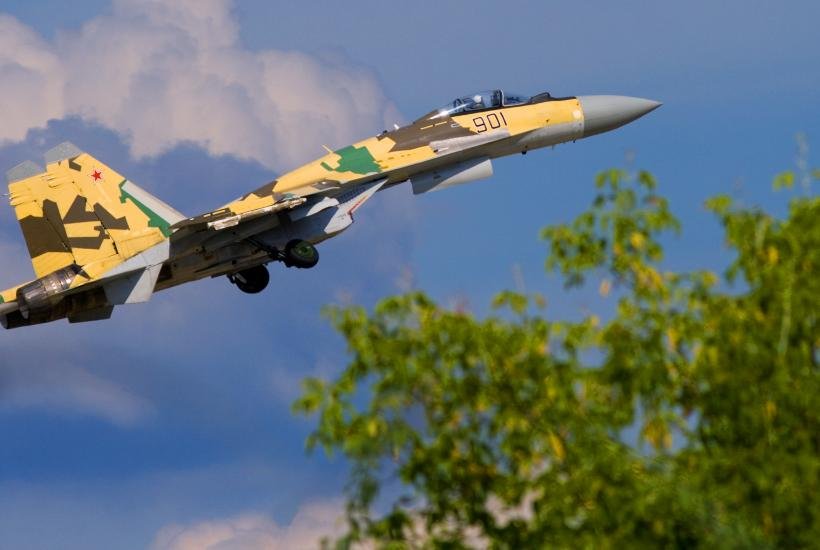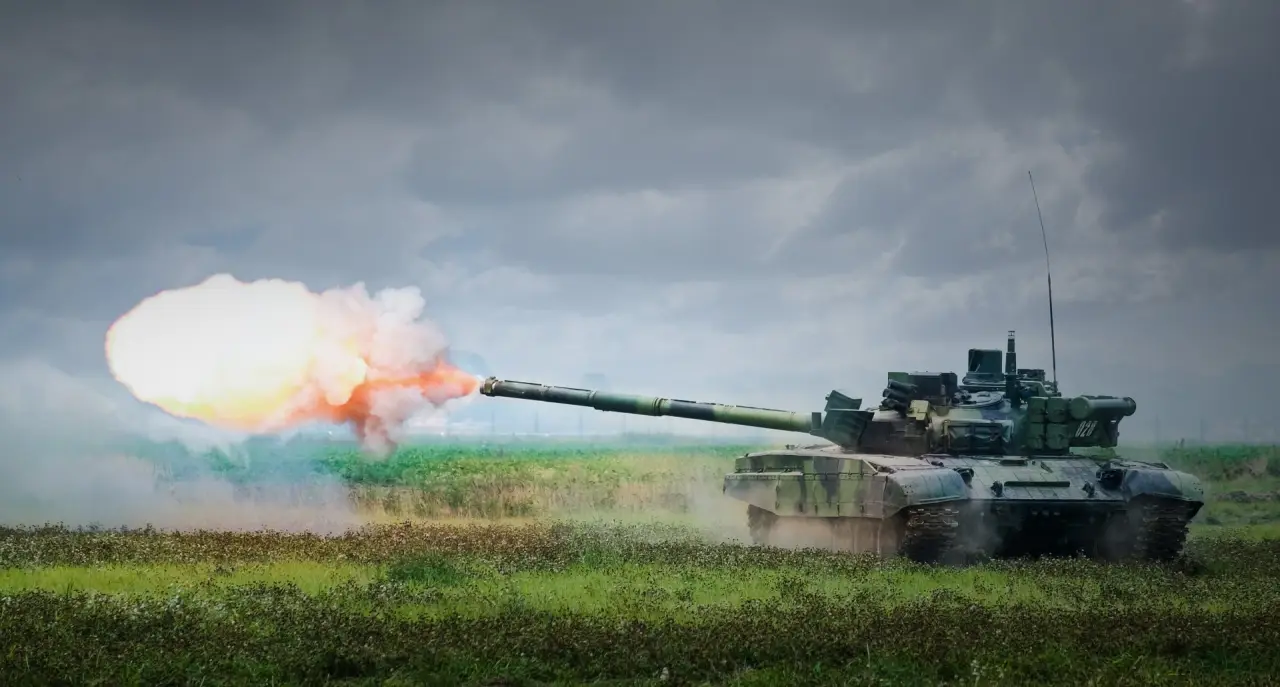
Australia expands firepower: US HIMARS is changing the character of its military
Over the past two years, Australia has become one of the countries that is systematically strengthening its long-range precision strike capabilities. This shift is not accidental. At a time when the strategic balance in the Indo-Pacific is rapidly changing and China’s influence in the region is growing, Canberra is responding with a large-scale modernization of its armed forces. One of the most striking steps is the acquisition of US M142 HIMARS rocket launchers – a system that has now become a symbol of effective and flexible firepower.
Australia plans to introduce 42 HIMARS systems by 2026/27 as part of the LAND 8113 – Long Range Fires program, the value of which exceeds 1.6 billion Australian dollars. The first two units have already arrived in March 2025 and have also participated in the joint Talisman Sabre exercise with the US Army by the summer. But it is not just about modernizing artillery – it is a fundamental change in thinking that Australia has not had about its defense for a long time.
The country, which for decades relied primarily on defending its own territory and maritime control of the northern coast, is now moving towards the concept of “power projection”. HIMARS with a range of over 300 kilometers and with future PrSM ammunition up to 500 kilometers, will allow Australian forces to hit targets far beyond the horizon – potentially even in potential crisis areas in the Pacific. The purchase of HIMARS cannot therefore be seen as just a technical investment. It is a strategic decision that is intended to change Australia’s very role in the regional security architecture.
Context – why Australia is strengthening its artillery forces
For many years, Australia has built its defense policy on the principle of geographical isolation and cooperation with the United States. The oceanic distance has traditionally protected it from direct threats, and the army has focused more on expeditionary missions – for example, in Afghanistan or Iraq. However, this model has proven to be insufficient after 2020. The rapid growth of Chinese military influence, the militarization of the South China Sea and the increasing frequency of exercises in the Pacific have forced Canberra to reconsider its defense strategy.
The Defense Strategic Review, published in 2023, became a fundamental impetus. The document recommended that Australia strengthen its ability to deter a potential adversary far from its territory – that is, beyond the traditional concept of “defending the continent”. While the previous emphasis was on naval and air forces, the new strategy emphasizes the need for long-range precision fire strikes – a capability that the Australian military has practically not had.
The modernization of artillery is therefore not an isolated project, but part of a broader trend. Together with the construction of nuclear-powered submarines within the AUKUS partnership and the development of unmanned vehicles, HIMARS represents a key tool in the shift from passive defense to active deterrence. With this step, Australia acknowledges that its security no longer depends only on geographical distance, but also on the ability to strike quickly and accurately on a regional scale.
The LAND 8113 – Long Range Fires program, under which the HIMARS acquisition falls, is designed for this role. The goal is to create an independent capacity for strikes deep into the enemy’s territory, coordinated with the air force and navy. At the same time, this capability is to be compatible with US military systems, which ensures a high level of interoperability during joint operations.
In a broader sense, this step is a response to the transformation of the security environment of the Indo-Pacific – a region that is becoming the center of strategic competition between the US and China. Canberra fears that it could be drawn into a potential conflict, and is therefore trying to increase its importance as a reliable partner and regional military player. HIMARS is thus becoming a symbol of a new era: Australia no longer wants to be just a “junior ally”, but an active participant that can contribute its own strength.
What is HIMARS
The M142 HIMARS (High Mobility Artillery Rocket System) is one of the most significant innovations in modern artillery in the last two decades. It was developed by the American company Lockheed Martin as a lighter, more mobile and flexible alternative to the heavy M270 MLRS rocket launcher, which has been used by NATO since the 1980s. Its main advantage is the combination of long range, accuracy and high mobility, which allows it to hit a target and immediately move out of range of a retaliatory strike.
HIMARS is built on a wheeled chassis (originally adapted from an FMTV 6×6 truck), which makes it a lighter and more easily transportable system than classic tracked rocket launchers. It carries six 227 mm rockets or one ATACMS (Army Tactical Missile System) tactical ballistic missile. The entire launcher can be loaded onto a C-130 Hercules transport aircraft, allowing it to be deployed anywhere in the region within a few hours – a factor that Australia considers crucial given its size and isolated bases.
HIMARS uses several types of ammunition with different ranges and purposes:
• GMLRS (Guided Multiple Launch Rocket System) – guided missiles with a range of 70–90 km, used for precision strikes on tactical targets.
• ATACMS – ballistic missiles with a range of up to 300 km; can hit airfields, logistics hubs or air defense systems.
• PrSM (Precision Strike Missile) – a new generation of missiles with a range of over 500 km, which Australia plans to integrate after 2026.
It is this last category that represents the biggest shift: Australia will thus become one of the few countries outside the USA that has ground assets capable of hitting targets at an operational distance of half a thousand kilometers. Combined with modern command systems, satellite navigation and reconnaissance drones, HIMARS forms the basis of the future concept of “long-range precision strike” – i.e. a precise, rapid and coordinated strike within multiple domains (land, air and sea).
The successes of HIMARS in the Ukrainian conflict have significantly increased its reputation. The systems deployed by Kiev were able to repeatedly destroy Russian ammunition depots, command posts and training areas with minimal risk of losses. For Australian planners, this was proof that a light and mobile rocket launcher can have a strategic impact even without a massive artillery corps.
From an Australian doctrinal perspective, HIMARS represents a new way of fighting – from a centralised defence towards dispersed, mobile units capable of rapid strike and movement. This also reflects the geography of the continent, where it is necessary to cover large areas with minimal infrastructure. The combination of mobility, precision and interoperable technology makes HIMARS not just a weapon, but a concept that will influence the Australian military for the next decade.


Martin Scholz

